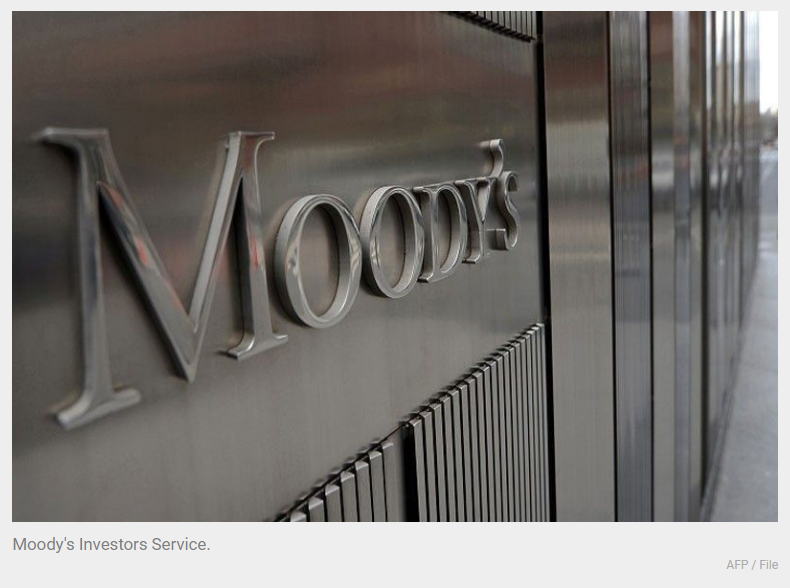Moody’s retains stable outlook for Philippine banks
MANILA, Philippines — Easing COVID restrictions may further improve the operating environment and slow the growth of problem loans of Philippine banks, according to Moody’s Investors Service.
In its latest banking system outlook for the Philippines titled “Recovering Economy and Profitability Support Stable Outlook,” Moody’s maintained the stable outlook for the country’s banking system.
With the further easing of measures to contain the pandemic, the debt watcher said the Philippines’ operating environment may stabilize further amid the recovery in consumer spending and investments.
Moody’s sees the country’s gross domestic product (GDP) growth accelerating to seven percent this year from the revised 5.7 percent in 2021, the lower end of the government’s seven to nine percent target.
For 2023, the credit rating agency sees the Philippines’ GDP growth stabilizing at 6.2 percent.
“We forecast the country’s real GDP will grow seven percent for 2022 and 6.2 percent for 2023, compared to 5.6 percent in 2021, even though an acceleration of inflation due to the Russia-Ukraine military conflict, potential resurgence of coronavirus infection rates due to new variants, and a rise in interest rates will slow the country’s economic recovery,” Moody’s said.
According to Moody’s, the growth in new non-performing loans (NPLs) would slow down this year as economic activity resumes and sentiment among businesses and consumers improves.
“Banks in the Philippines recognized most of defaults by pandemic-hit small and medium-sized enterprises and retail borrowers in 2021. Hence, a lifting of forbearance measures related to the pandemic will not lead to a sharp deterioration of banks’ asset quality,” it said.
Latest data from the Bangko Sentral ng Pilipinas (BSP) showed soured loans of Philippine banks went up by 9.6 percent to P472.66 billion in February from P431.27 billion in the same month last year.
This translated to a higher NPL ratio for the second straight month to hit a three-month high of 4.24 percent in February from 4.14 percent in January, the highest since the 4.35 percent booked last November.
Although conglomerates are a key source of systemic risk because bank loans are heavily concentrated among them, Moody’s said big banks remain resilient because their diversified revenue sources would help avert a sharp drop in cash flow.
However, Moody’s warned that tail risks remain high as the system-wide NPL ratio stood above four percent, restructured loans ratio at 3.1 percent and overdue loan ratio at 4.7 percent.
“The default risks of undiversified mid-size and large companies operating in sectors severely affected by the pandemic, such as hospitality and retail, remain high, although the easing of restrictions has eased stress for them to some extent,” it said.
Despite the projected decline in the banks’ average common equity tier 1 (CET-1) ratio to about 15 percent this year, Moody’s pointed out that the level is still high and well above regulatory requirements.
The debt watcher also expects the profitability of Philippine banks to improve as loan-loss provisions decline and fee income grows.
“Loan-loss provisions, as a percentage of gross loans, will decrease to an average of about 0.8 percent in 2022 as asset quality stabilizes. Loan-loss provisions will still remain above pre-pandemic levels as banks continue to set aside provisions to cover lingering asset risks,” Moody’s said.
Source: https://www.philstar.com/business/2022/04/12/2173894/moodys-retains-stable-outlook-philippine-banks


 Thailand
Thailand




